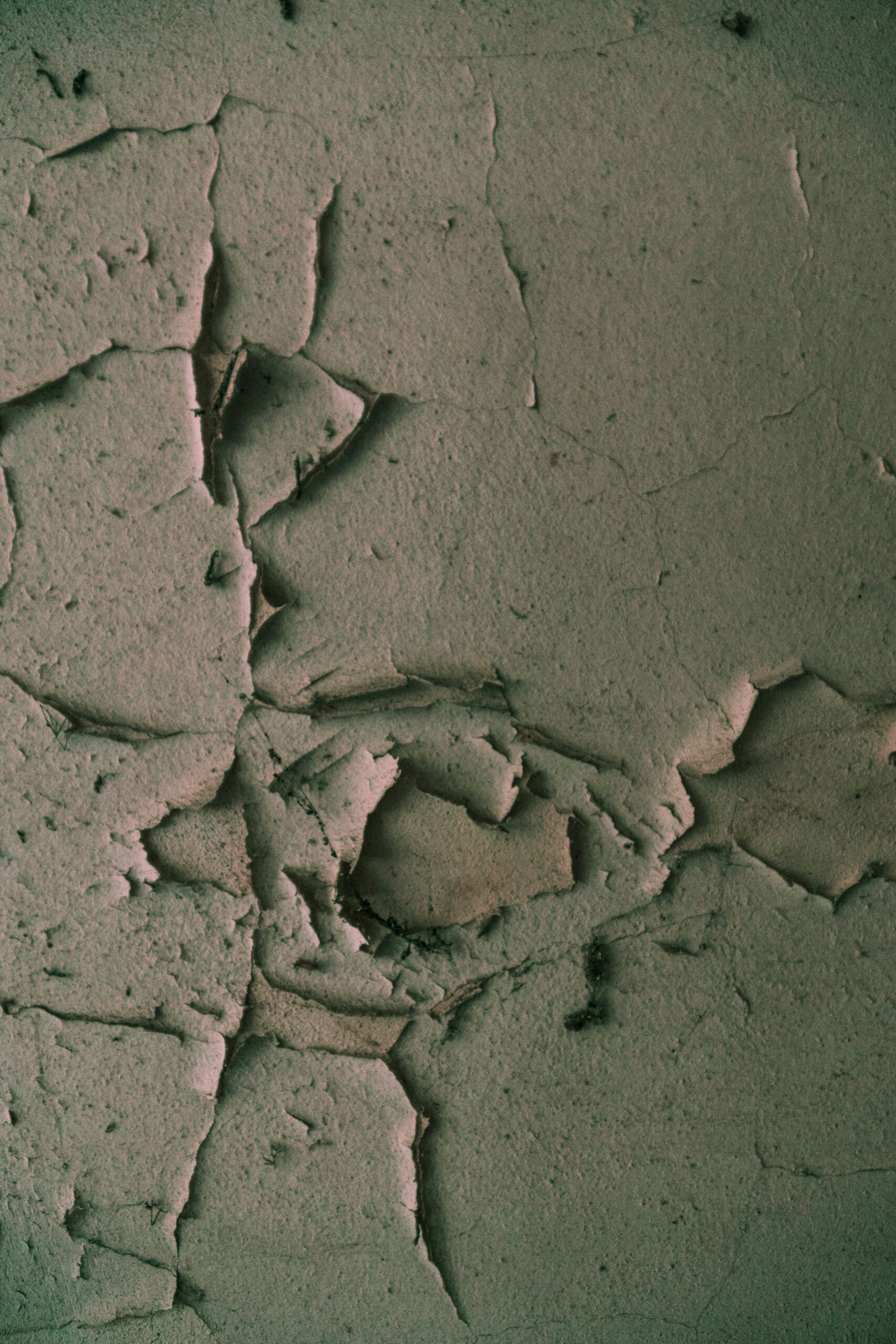So, let me tell y’all a little story about my first time mudding drywall. I was a young, ambitious DIY-er, thinking I could tackle this drywall project all on my own.
I didn’t have any experience, but I figured how hard could it be?
Well, I’ll tell ya, it was a hot mess. I didn’t use any tape, thinking it was just an extra step that I didn’t need.
Boy, was I wrong. As I applied the mud and smoothed it out, I started to notice all these little cracks and gaps in the corners and edges. I thought to myself, “this ain’t right.” But it was too late, the mud had already dried.
I ended up having to redo the entire project, but this time I used tape. And let me tell ya, it made all the difference in the world.
The corners and edges were smooth and seamless, just like a pro’s work.
So, the short answer to the question “Do I have to use tape when mudding drywall?” is yes, you do.
But why is tape so important in the drywall mudding process? Keep reading to find out.
Table of Contents
Why Use Tape?
Tape, also known as joint tape, is used to reinforce the seams between drywall panels. The tape is applied to the seams before the mud is applied, creating a stronger bond between the panels.
This helps to prevent cracking and gaps in the finished surface.
Tape also helps to create a seamless finish, giving the drywall a smooth, professional look. Without tape, the seams between the panels will be visible and the surface will be rough and uneven.
How to Use Tape
Using tape is a simple process, but it does require some patience and attention to detail. Here’s a step-by-step guide on how to use tape when mudding drywall:
- Make sure the drywall panels are cut to the correct size and fit together snugly.
- Cut the tape to the appropriate length, usually about 2 inches longer than the seam.
- Apply a thin layer of mud to the seam, using a drywall knife.
- Press the tape into the mud, making sure it’s centered over the seam.
- Smooth out the tape with the drywall knife, removing any bubbles or wrinkles.
- Allow the mud to dry completely before applying another coat of mud and smoothing it out.
It’s important to note that when using tape, it’s crucial to apply the mud evenly and smooth out the tape to prevent any wrinkles or bubbles, as these will show up in the final product.
How to Mud Drywall without Tape?
Mudding drywall without tape is possible, but it’s not recommended. Without tape, the drywall panels will not be as secure and the finished surface will be less smooth and professional looking. But if you’re determined to do it, here’s how:
- Apply a thin layer of mud to the seams and corners of the drywall panels, using a drywall knife.
- Smooth out the mud with the drywall knife, making sure to fill any gaps or cracks.
- Allow the mud to dry completely before applying another coat of mud and smoothing it out.
- Repeat this process until the surface is smooth and even.
Keep in mind that without the reinforcement of tape, the finished surface may be more prone to cracking and gaps.
It may also require more coats of mud and more time for the mud to dry in order to achieve a smooth surface.
FAQ
What kind of tape should I use for mudding drywall?
Fiberglass mesh tape is the most commonly used type of tape for mudding drywall. It’s strong, easy to use, and creates a seamless finish.
Can I use regular masking tape instead of joint tape?
No, regular masking tape is not strong enough to reinforce the seams in drywall and will not create a smooth finish. It’s important to use joint tape specifically designed for mudding drywall.
How long does the mud need to dry before I can apply another coat?
It depends on the humidity and temperature in the room, but typically the mud should dry for at least 24 hours before applying another coat.
The End, Finito, Completed, Donezo
In conclusion, using tape when mudding drywall is crucial for a smooth, professional looking finish. It reinforces the seams between drywall panels and helps to prevent cracking and gaps.
While it’s possible to mud drywall without tape, it’s not recommended and may require more time and effort to achieve a smooth surface.
So, next time you’re tackling a drywall project, don’t be like me and skip the tape. Trust me, it’ll save you a whole lot of headache in the long run.
